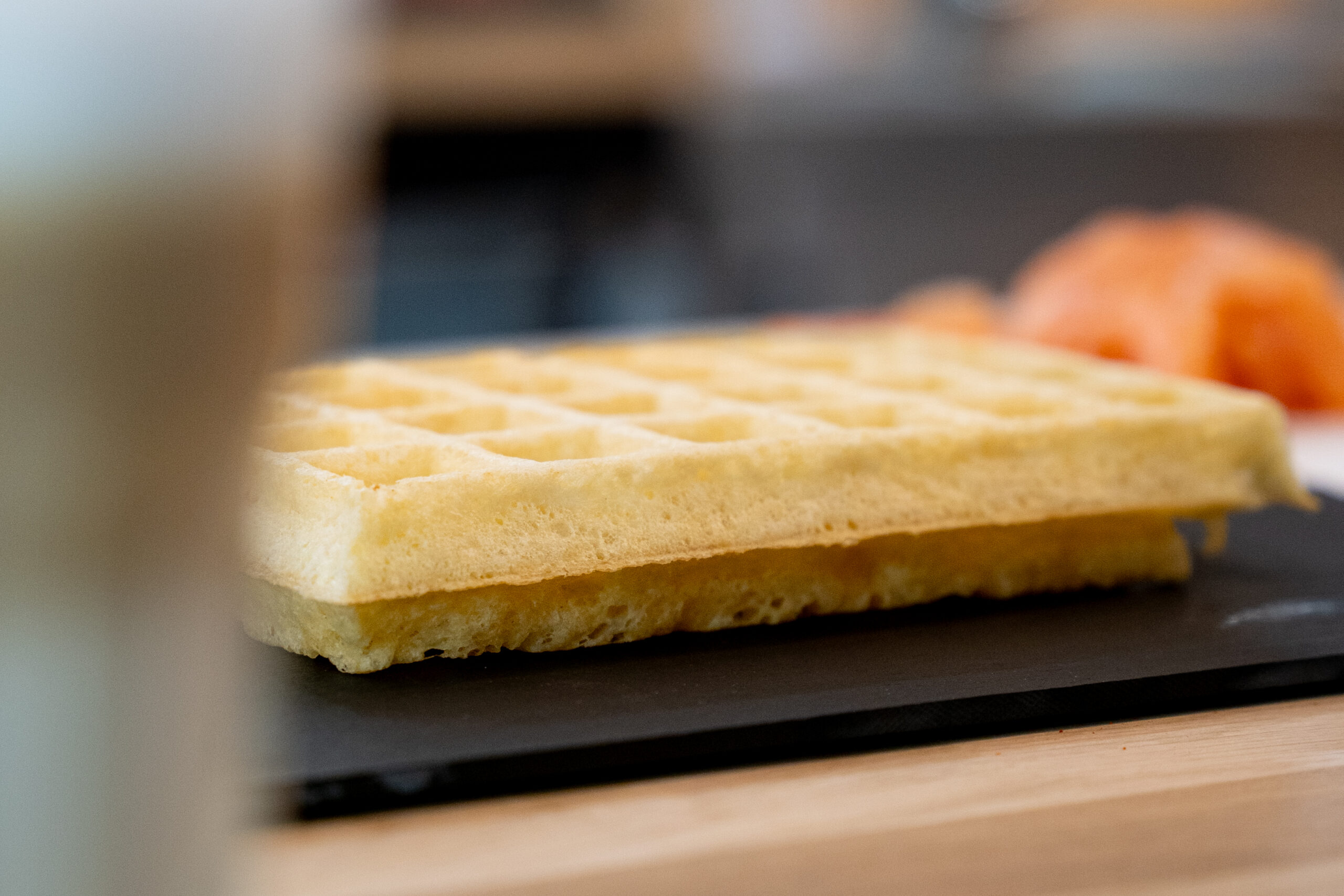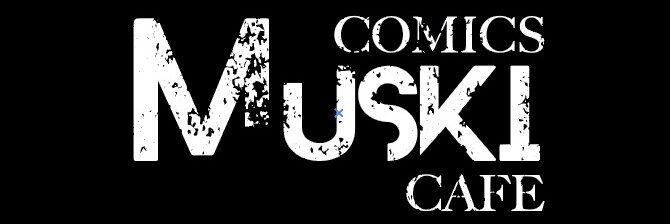Muski's story
Born from a dual, all-consuming passion, the concept of the Muski Comics Café is much more than just a café: it’s a refuge, a comforting dive into the soul of Belgium.
On the one hand, there’s an unconditional love for Belgian comics, the ones that cradled my childhood and shaped my imagination: the elegance of Hergé’s style and the timeless adventures of Tintin, the absurd and brilliant humor of Gaston Lagaffe, the poetic and burlesque universe of the Smurfs, the legendary speed of Lucky Luke, and the boundless energy of Spirou. This world of bubbles and ink is a source of perpetual wonder.
On the other, a conviction born of frustration: after frequenting specialty coffee bars with excellent offerings, I often found them cold, impersonal, and sorely lacking in soul. I then dreamed of creating a place that combined impeccable roasting quality with authentic human warmth, a place where you immediately felt at home.
This is how Muski Comics Café was born, a world of its own where indulgence reigns supreme. The Brussels waffle, emblem of our heritage, is showcased in its most daring variations, from traditional sweet to inventive savory, the perfect accompaniment to an exceptional coffee.
When you walk through our door, you enter a bubble: one where the walls breathe the adventure of comics, where each cup tells a story, and where the simple pleasure of a waffle becomes a moment of pure comfort. Musa (nickname Muski) didn’t just create a bar concept; He built a “House of Belgian Happiness”, a place where we don’t just consume, but where we live and where we share a passion for art, taste and conviviality while immersing ourselves in our childhood by reading a comic book on site.

The Origins and Golden Age of Belgian Comics:
The Rise of Tintin
In 1929, Hergé launched Tintin in Le Petit Vingtième, a major event that marked the beginning of modern Belgian comics and the creation of the “clear line” style.
The Birth of Great Heroes
Other iconic characters appeared in the following decades: Spirou in 1938, Blake and Mortimer in 1946, and Lucky Luke in 1947.
The Rise of Comic Books
Casterman played a key role in publishing Tintin albums from 1934 onward, a crucial step that ensured the longevity and success of the works.
The Golden Age of Franco-Belgian Comics
Belgium became a center of comic book production, giving birth to numerous classics that would influence generations of readers.
Brussels, Cradle of Comics
The Belgian capital is a major source of inspiration, with iconic locations such as the Place du Jeu de Balle, featured in Tintin.
The Brussels Comic Strip Trail
To celebrate this culture, a comic strip trail was created in 1991, featuring 59 murals integrated into the urban fabric, attracting tourists and enthusiasts.
A Heritage to Perpetuate
Even today, Belgian comic strips remain a cultural pillar, although the fight for their international recognition and visibility continues, with the goal of being listed by UNESCO.

Brussels waffle history
According to legend, the first Brussels waffle was crafted in 1856 by Maximilien Consael, a young and innovative chef. Created in the privacy of his kitchen in central Brussels, this waffle quickly gained popularity across Belgium, thanks to the enthusiastic support of his friends and family who tasted it. Its fame was solidified in 1964 when it was dubbed the "Belgian waffle" at the World's Fair in New York.
